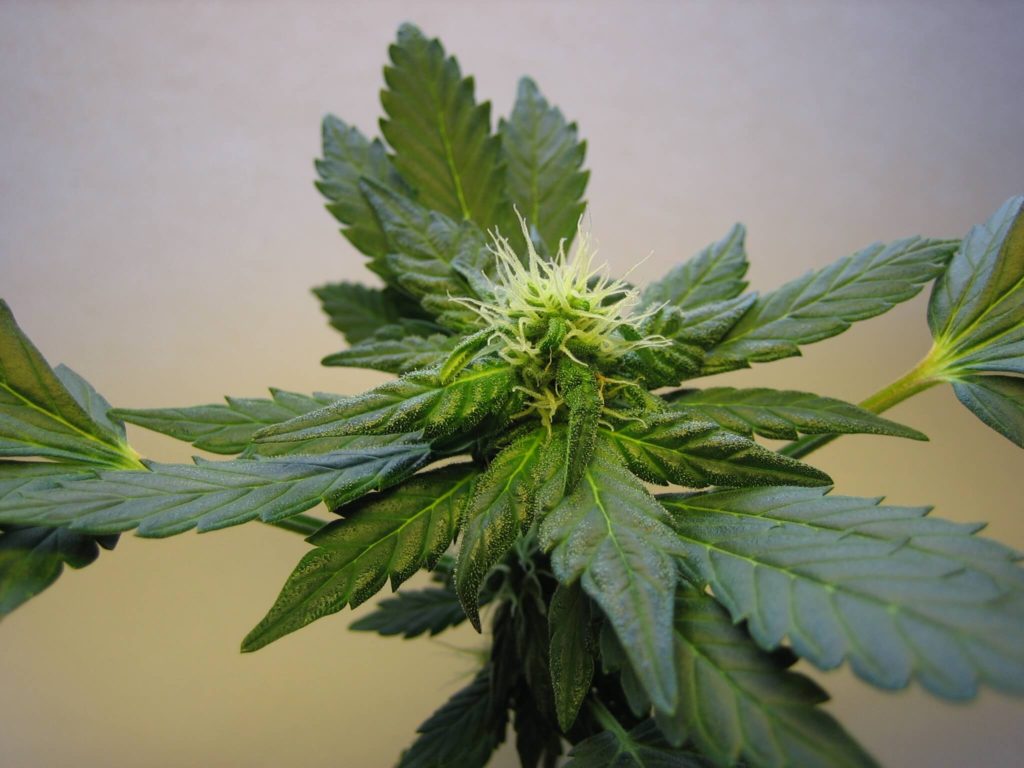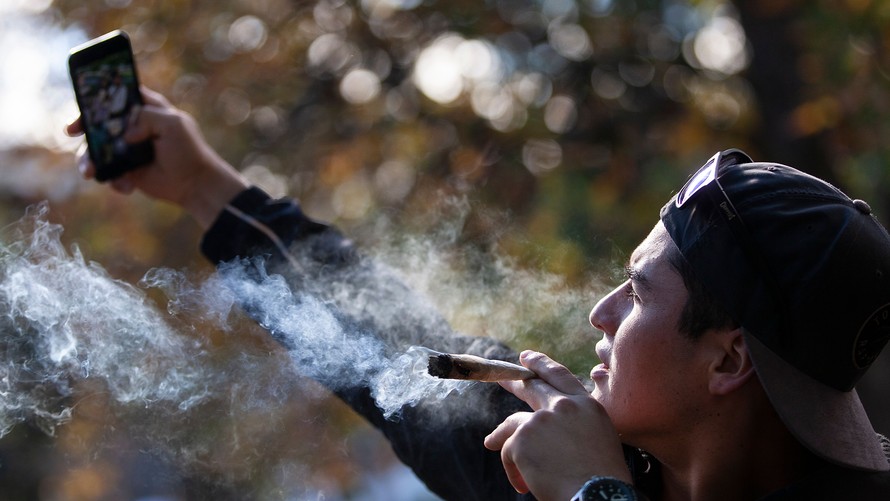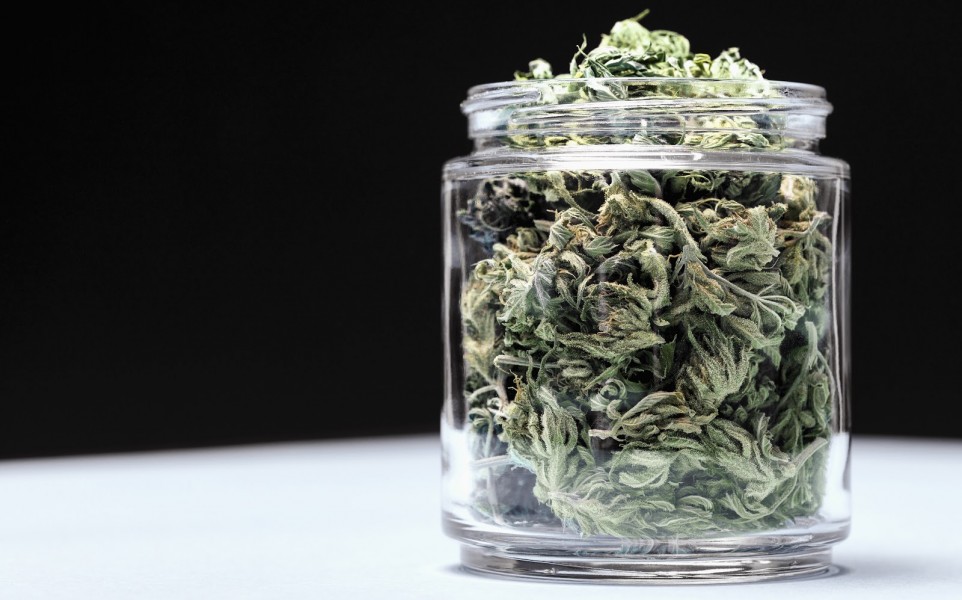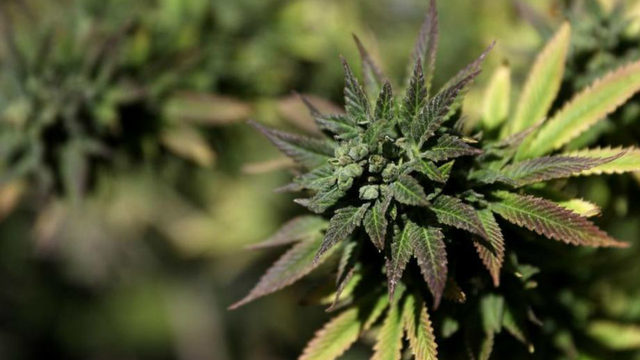A dad was taken to hospital with horrendous leg injuries after touching a common garden weed.
Nathan Davies came into contact with hogweed while gardening at his home and has since needed emergency surgery to repair the damage.
The 32-year-old estate agent had his leg opened from the knee cap to the ankle bone by surgeons, Wales Online reports.
Doctors say Nathan came close to losing the muscle from his calf and being unable to walk again.
He now wants to tell his story in an attempt to warn others about the dangers of the garden weed – which can be found along footpaths and riverbanks in most of the UK.
Nathan’s ordeal started when he was carrying out gardening work with his father on Sunday, May 20 – when temperatures soared to the high twenties across Wales.
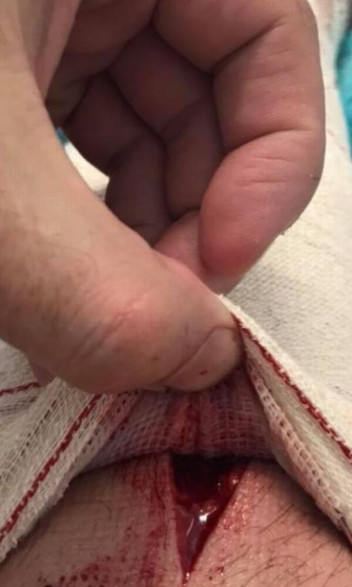
Credit: www.mirror.co.uk
“I was wearing shorts – because it was a boiling hot day,” Nathan, from Ammanford said.
“We were trimming the hedges and plants, so I had a few cuts and scrapes – but I didn’t think anything of it.”
By Tuesday, blisters started to appear on Nathan’s leg.
“They looked like burns – like the sort of burns you would get off a cooker. But then they started to get really big.
“I tried not to show it, because I’ve got a young baby at home. So I tried to pretend I wasn’t in pain and I covered it up with trousers.”
But when Nathan collapsed in agony on the Friday, he was immediately rushed to A&E in Llanelli.
“I waited two hours and a nurse wanted to send me home with some antibiotics,” he said.
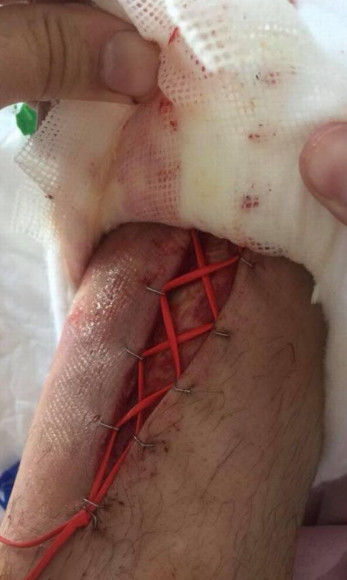
Credit: www.mirror.co.uk
“But a doctor took one look at my leg and told me I needed an emergency operation.
“Around 20 minutes later I was in a gown, knocked out and my leg was opened up.”
The blisters on Nathan’s legs had become severely infected.
His injuries were also further complicated by subcutaneous emphysema – when gas or air becomes trapped under a cut or wound.
Doctors were forced to open his leg from the knee cap to the ankle bone – leaving the wound open and bandaged after his skin was eaten by the infection.
“It was like Rice Krispies to touch,” he said.
“After the initial operation I had to have another one the day after to put in some red mesh – like the sort you see on a boxing glove.

Credit: www.mirror.co.uk
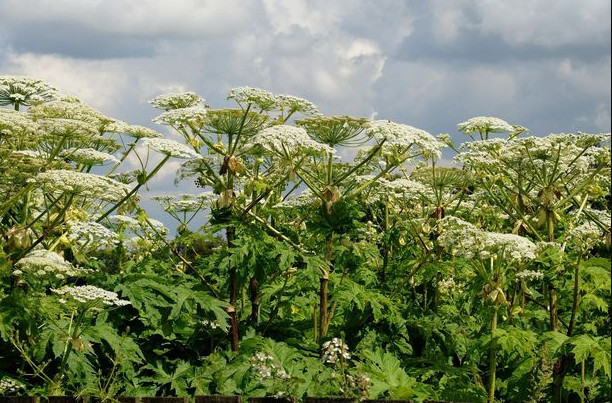
Credit: www.mirror.co.uk
“The gash was around two inches wide and 15 inches long down my thigh.
“The pain was so bad I couldn’t even stand – I still can’t put any pressure or weight on my leg.
“A part of me just wants to cut my leg off from the knee.
“I’ve never experienced pain like this in my life.”
Nathan – who is currently still in hospital – is due to have a third operation to wash out the wound and potentially perform a skin graft using skin from his hamstring.
He’s also on a lot of medication, including morphine, Codeine and anti-sickness drugs.
But it’s the emotional scars that will be toughest to heal, especially as Nathan is also dealing with the grief of recently losing his brother to leukaemia.
“It’s been tough – especially not being able to see my son,” he said.
“But it’s also hard not being able to do stuff. The nurses have to take me down and wash me because I’m in a wheelchair.
“I tried to walk for the first time the other night, but I collapsed on the floor. I think I’ll be off this leg for quite a while.
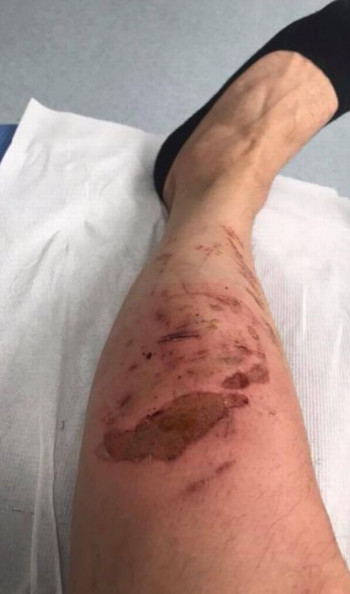
Credit: www.mirror.co.uk
“Doctors told me that if the infection had spread to my calf, I might have lost my muscle and had to have all of my leg off.”
Nathan is sharing his story in the hope of warning others about the potential dangers of hogweed and not getting wounds treated in time.
His story was highlighted by Carwyn Templeton, who works for South Wales Knotweed Removal.
“I would urge everyone to familiarise themselves with common hogweed, especially those with young children,” Mr Templeton said.
“Whilst the severity of Nathan’s injuries are thankfully rare, this just demonstrates how dangerous the plant can be.
What is Common Hogweed?
Common hogweed belongs to the same family as fennel, cow parsley, ground elder and giant hogweed – which is currently being dubbed “the most dangerous plant in Britain”.
The plant is common in herbaceous places, along roads, in hedges, meadows and woods, especially in mountain areas. It also prefers moist, nitrogen-rich soils.
Its sap contains chemicals which can react with light when in contact with human skin and can cause blistering.
Be sure not to mistake common hogweed for its big brother giant hogweed.
Giant hogweed can grow up to five metres tall, has a thick green stem and white flowers clustered in an umbrella-shaped head that is up to 80cm in diameter.
But the leaves of common hogweed are generally smaller, softer, less shiny, and more rounded, but you will find examples with very serrated leaves too.
“Few will be aware that the plant has a toxic sap, which when it comes in contact with bare skin, and is exposed to sunlight, can cause severe blistering and reddening,” Carwyn said.
“The simple remedy is to wear suitable clothing such as trousers and long sleeve tops.
“Common hogweed has a bigger, nastier brother, namely giant hogweed which fortunately, is rare throughout Wales.
“Nonetheless, common hogweed grows in abundance just about anywhere.”
Credit: www.mirror.co.uk


